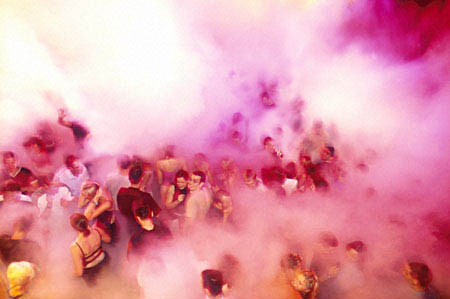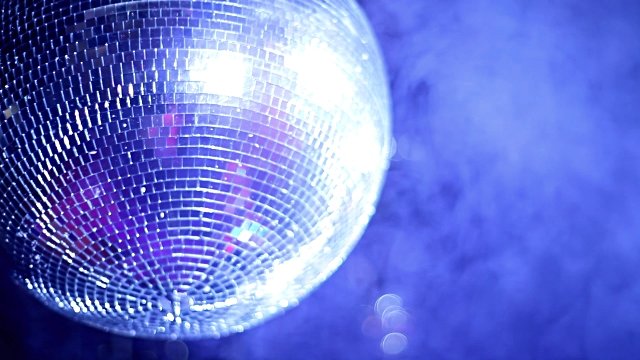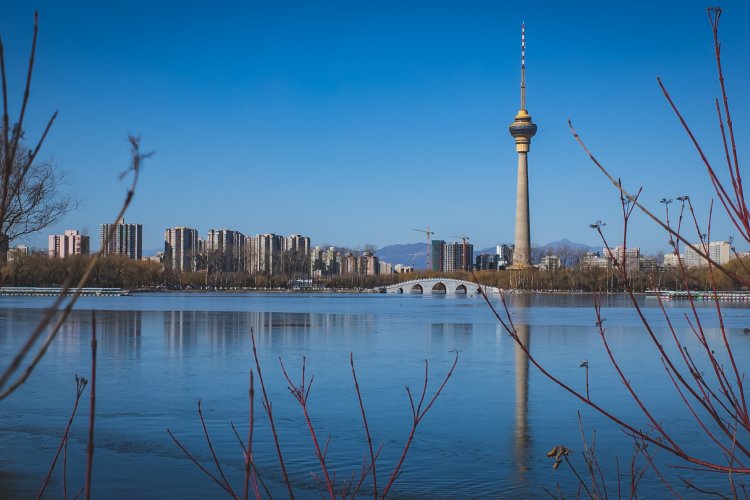Got some interesting feedback from a reader who is also an avid cyclist. He says the Guardian article is "perhaps making this issue sound worse than it is." He says "the key point being that the research group doubled the background pollution levels to work out the tipping points," before citing this paragraph from the Preventitive Medicine Journal study that is the basis for the article:
"This study indicates that, practically, air pollution risks will not ne- gate the health benefits of active travel in urban areas in the vast major- ity of settings worldwide. Even in areas with high background PM2.5 concentrations, such as 100 μg/m3, up to 1 h 15 min of cycling and 10 h 30 min of walking per day will lead to net reduction in all-cause mortality (Fig. S5, supplementary material). This result is supported by epidemiological studies that have found the statistically significant protective effects of PA even in high air pollution environments (Matthews et al., 2007; Andersen et al., 2015). However, a small minor- ity engaging in unusually high levels of active travel (i.e. bike messen- gers) in extremely polluted environments may be exposed to air pollution such that it negates the benefits of PA."








